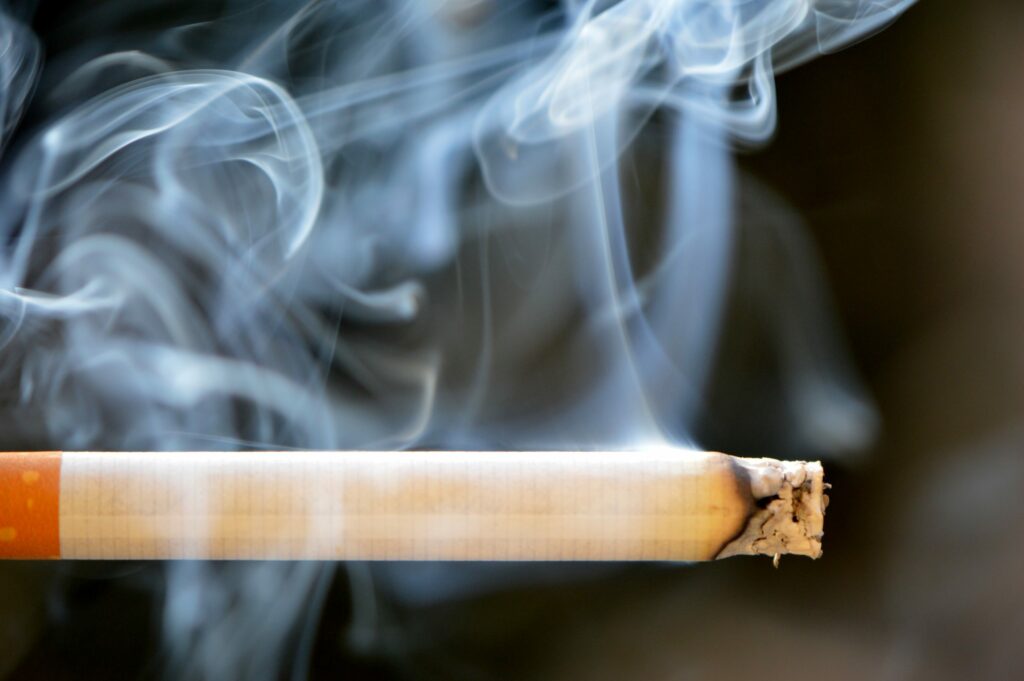
Even if it is someone else’s smoke, it is unhealthy to be around tobacco smoke.
The majority of smoke from cigarettes does not enter the lungs of the smoker. Anyone around can breathe it in since it enters the air.
When you are close to tobacco smoke sources, you may unintentionally breathe in secondhand smoke, often known as passive smoking. For instance, you might interact with smokers at events or gatherings where smoking is permitted. Even though you might not notice any changes, secondhand smoke exposure can be harmful to your health.
In many public areas, smoking is prohibited. However, many people are still exposed to secondhand smoke, particularly kids who have smoking-related parents. Even folks who try to be careful about where they light up may not safeguard those around them.
What is Secondhand Smoke?
Smoke from a third party is smoke you unintentionally breathe in.
Secondhand smoke exposure results from mainstream or side stream smoking. Side stream smoke is produced when burning tobacco items, such as cigarettes, cigars, or pipes. Mainstream smoke is exhaled by a nearby smoker. Both sources emit airborne hazardous substances that have an impact on nonsmokers.
The smoke from a cigarette’s burning tip and the smoke that a smoker exhales together are known as secondhand smoke. Smokers and non-smokers alike are exposed to the negative effects of secondhand smoke when it contaminates the air, especially in enclosed settings.
Key Facts about Secondhand Smoke
- Men make up the bulk of smokers, yet secondhand smoke has a significant negative impact on many women and kids.
- An estimated 600 000 premature deaths worldwide are attributed to secondhand smoke each year, with women making up 64% of these deaths.
- In many nations, only around a quarter of homes are smoke-free, and 38% of students between the ages of 13 and 15 in the Eastern Mediterranean region are exposed to secondhand smoke at home.
- There is no level of secondhand smoke exposure that is risk-free, and even brief exposure has the potential to raise the risk of heart attacks.
- Numerous compounds found in secondhand smoke, such as formaldehyde, benzene, vinyl chloride, arsenic ammonia, and hydrogen cyanide, are known to be hazardous or cancer-causing.
- Heart attacks can be brought on by secondhand smoke; even a brief exposure can have this effect.








